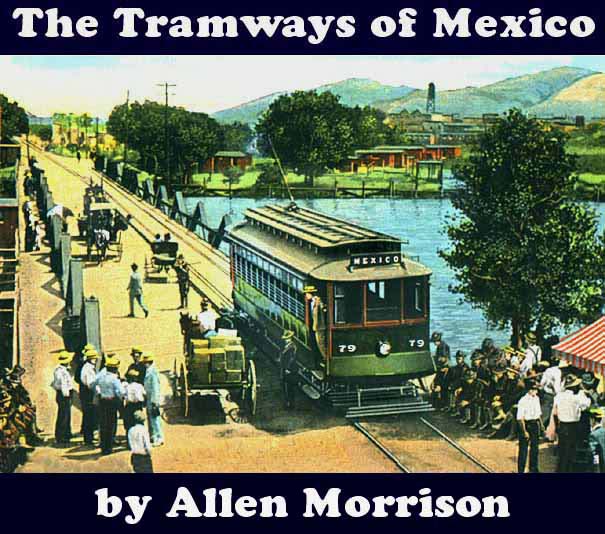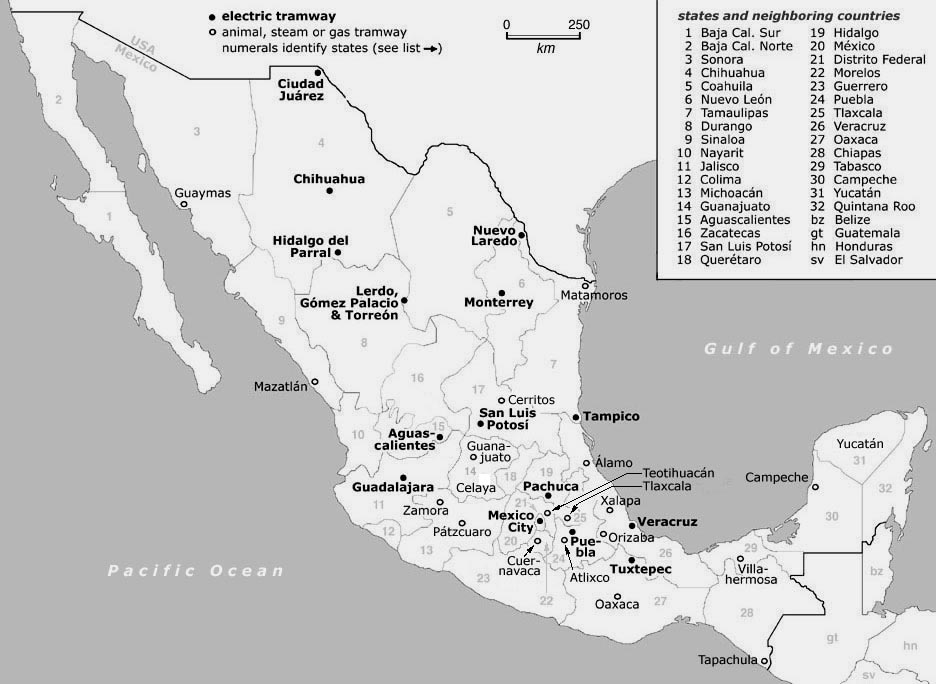

This website is part of my series on THE TRAMWAYS OF LATIN AMERICA. The Tramways of Brazil and The Tramways of Chile were published (on paper) in 1989 and 1992, respectively. Digital surveys of other countries have been uploaded as follows: The Tramways of Paraguay in 2000, The Tramways of Cuba in 2002, The Tramways of Mexico in 2003, The Tramways of Haiti and The Tramways of Peru in 2004, The Tramways of Bolivia in 2005, The Tramways of Ecuador and The Tramways of Venezuela in 2006, The Tramways of Colombia in 2007, The Tramways of Costa Rica, The Tramways of Guyana, The Tramways of Jamaica, The Tramways of Puerto Rico and The Tramways of Trinidad & Tobago in 2008, The Tramways of Barbados and The Tramways of El Salvador in 2009, a facsimile edition (including pictures and maps) of The Tramways of Brazil in 2010, and The Tramways of Curaçao in 2012. Many of these pages have French-, Portuguese- and Spanish-language versions.
The postcard above shows the international tramway that operated for 91 years between El Paso, Texas, USA, and Ciudad Juárez, Chihuahua, Mexico [col. Allen Morrison].
Mexico is the third-largest country in Latin America - after Brazil and Argentina - with an area of almost 2 million square kilometers. Its 100 million inhabitants make it the second most populous country, after Brazil. Mexico had Latin America's first street railway in 1858 and eventually had tramways in about 1,000 towns - more than all other Latin American countries combined. Most of these were animal-powered lines between the railroad station and town; in many cases the vehicles were later equipped with gasoline motors. Mexico also had an extraordinary network of mule-drawn rural tramways in Campeche and Yucatán states. Fifteen cities had electric streetcars. All these lines are gone today, but three cities recently built modern "light rail" systems.
This website concentrates on Mexico's 15 electric tramway systems, many of which disappeared during the Depression. Separate chapters summarize the animal, steam and gasoline lines that were not electrified.
The map below shows the tramway systems that are discussed. Click on the NAME of a place for a description, map and photos of its tramway lines:

The first pages on this website
were uploaded ON
20 February 2003
Please send
comments, corrections & suggestions
to
Allen
Morrison
¡Puedo leer y escribir en español!
Visit my homepage about
Electric
Transport in Latin America
Copyright © 2003-2103 Allen Morrison - ALL RIGHTS RESERVED